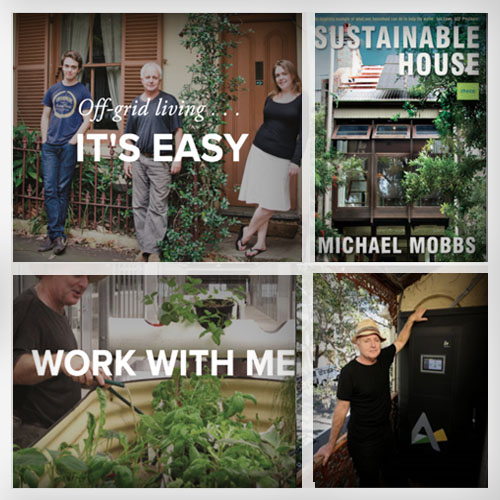In October in the USA Elon Musk showed us the grand unification of Tesla: Fast cars, big batteries, and a stunning solar rooftop.
On a Friday evening as the sun descended over an old Hollywood set of
“Desperate Housewives,” Elon Musk took to a stage and fired up his presentation about climate change. It was a strange scene, with hundreds of people crowded into the middle of a subtly artificial suburban neighborhood.
It wasn’t until about a minute into the speech that Musk casually let the crowd in on Tesla’s big secret. “The interesting thing is that the houses you see around you are all solar houses,” Musk said.
“Did you notice?”
The answer, in short, was no. Like everyone else, I knew we were there to see Musk’s new “solar roof,” whatever that was supposed to mean. But try as I could as we walked in, I didn’t see anything that looked like it could carry an electric current. If anything, the slate and Spanish clay roofs looked a bit too nice for a television set. This is the future of solar, Musk proclaimed. “You’ll want to call your neighbors over and say ‘check out the sweet roof.’ It’s not a phrase you hear often.”
The roof tiles are actually made of textured glass. From most viewing angles, they look just like ordinary shingles, but they allow light to pass through from above onto a standard flat solar cell. The plan is for Panasonic to produce the solar cells and for Tesla to put together the glass tiles and everything that goes along with them. That’s all predicated on shareholders approving the $2.2 billion acquisition of SolarCity, the biggest U.S. rooftop installer, on Nov. 17 2016. ....
Click here to read more
ON BATTERIES
As a result of the Aliso Canyon natural gas leak earlier this year, and the facility’s subsequent closure, the California Public Utilities Commission mandated (in May) an accelerated procurement for energy storage in order to avoid potential electricity shortfall issues and rolling blackouts.

Utility companies, such as Southern California Edison, were thus told to solicit utility-scale energy storage solutions that could be operational by December 31, 2016.
The competitive process that followed has resulted in Tesla being selected “to provide a 20 MW/80 MWh Powerpack system at the Southern California Edison Mira Loma substation,” Tesla has announced. “Tesla was the only bidder awarded a utility-owned storage project out of the solicitation.”
Click here to go to source




























